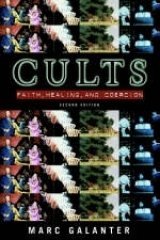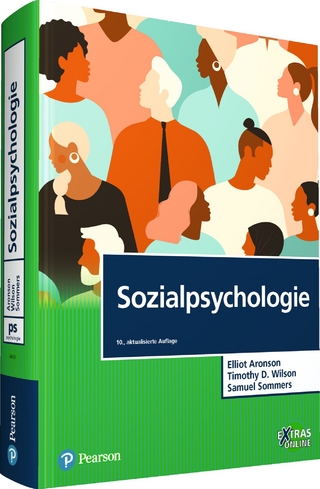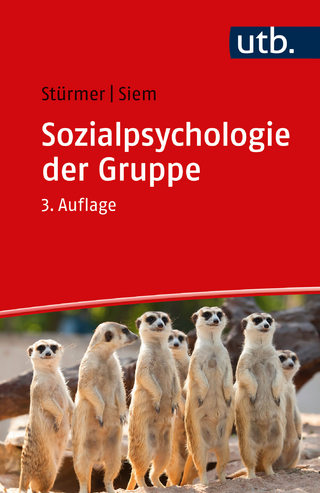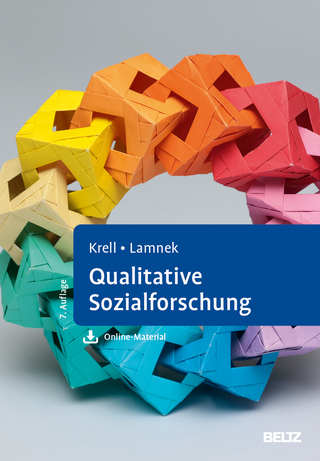
Cults
Oxford University Press Inc (Verlag)
978-0-19-505631-0 (ISBN)
- Titel erscheint in neuer Auflage
- Artikel merken
Why do people join cults? How do cults exert such a strong influence over their members' beliefs and even their appearance? These and other questions about the operation of cult groups are answered in this study. The psychological forces that enable cults to exert their intense influence are analyzed in detail and with many examples. These forces include social cohesiveness, which has its parallels in the ties that bind family members together; shared beliefs, which set the groups' standards for behaviour; and altered consciousness, which can lead to a rapid change in the attitudes of recruits and members. Galanter points out that many new recruits are vulnerable to such influences because they have been socially dislodged and their ties to other persons are weak. He shows how cults tend to seal off their members from straightforward contact with the outside world and impose their own ideology. To fill out the picture of how cults function as social systems, Galanter gives accounts of a number of groups. The book contains first-person accounts of conversions, daily life under the rule of charismatic leaders, disillusionments, and departures both voluntary and forced.
There are also overviews of many of the most influential cults, including a psychological analysis of the evolution of the "Moonies".
About the Author Marc Galanter is Professor of Psychiatry and Director of the Division of Alcoholism and Drug Abuse at the New York University School of Medicine. The author of many books and articles on cults and addiction, he is the editor of the American Psychiatric Association's official report on cults and new religious movements.
The charismatic group; What are charismatic groups?; A research perspective; PART I: FORCES IN THE CHARISMATIC GROUP: Group cohesiveness; A clinical model; A charismatic religious sect, the Divine light mission; A study of group cohesiveness; Shared beliefs; Communities of shared beliefs; Shared beliefs in the Unification Church; Altered consciousness; Meditation; Drug induced altered consciousness; Social induction; PART II: A MODEL OF THE CHARISMATIC GROUP: Biologyand behaviour; The relief effect; Evidence in contemporary sects; Ethiologic observations; The cult as social system; Transformation; Monitoring; Feedback; Boundary control; PART III: CASE HISTORIES OF CHARISMATIC GROUPS: Trouble at the system's boundary; Jonestown; "MOVE"; A religious sect:The Unification Church; A history of the sect; Induction; Family and marital structure; Leaving the sect; A charismatic healing group: The AA example; The charismatic gift of Alcoholics Anonymous; The fully-evolved healing group; AA offshoots and synanon; Epilogue; Appendix: The charismatic group: A summary; Chronology of the study; Notes; Bibliography.
| Erscheint lt. Verlag | 4.5.1989 |
|---|---|
| Zusatzinfo | illustrations |
| Verlagsort | New York |
| Sprache | englisch |
| Maße | 156 x 234 mm |
| Gewicht | 540 g |
| Themenwelt | Geisteswissenschaften ► Psychologie ► Sozialpsychologie |
| Geisteswissenschaften ► Religion / Theologie ► Weitere Religionen | |
| ISBN-10 | 0-19-505631-0 / 0195056310 |
| ISBN-13 | 978-0-19-505631-0 / 9780195056310 |
| Zustand | Neuware |
| Haben Sie eine Frage zum Produkt? |
aus dem Bereich



